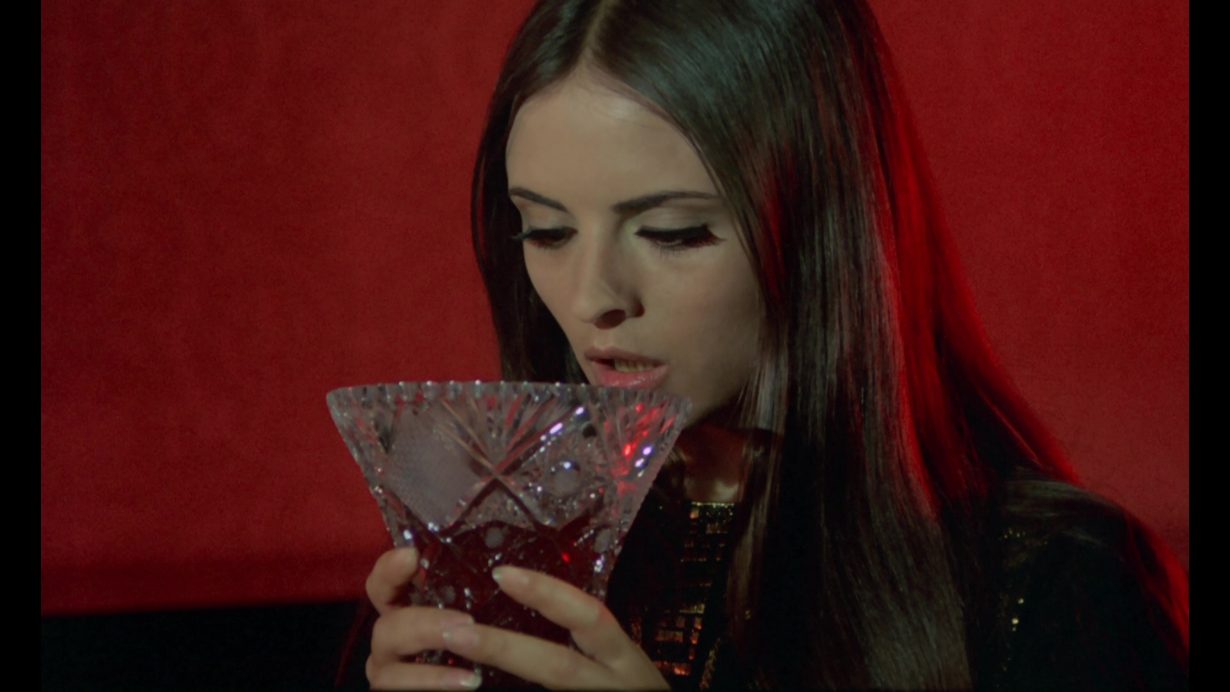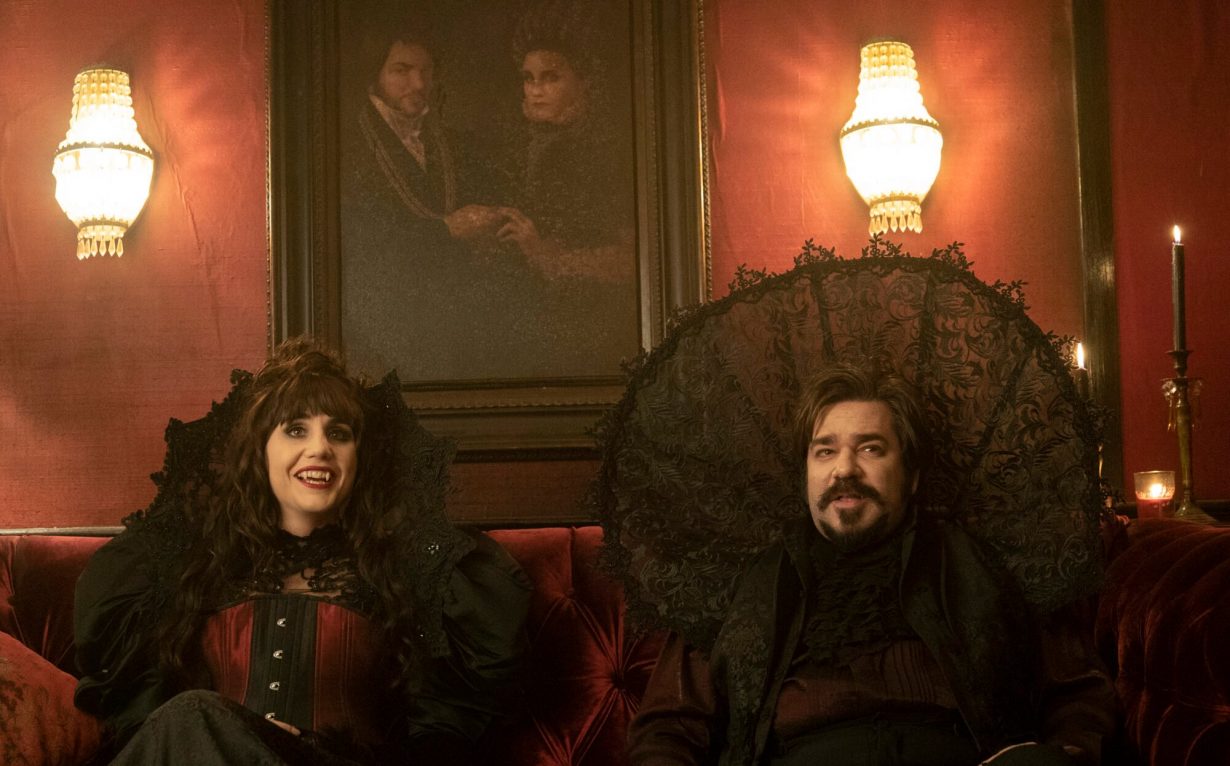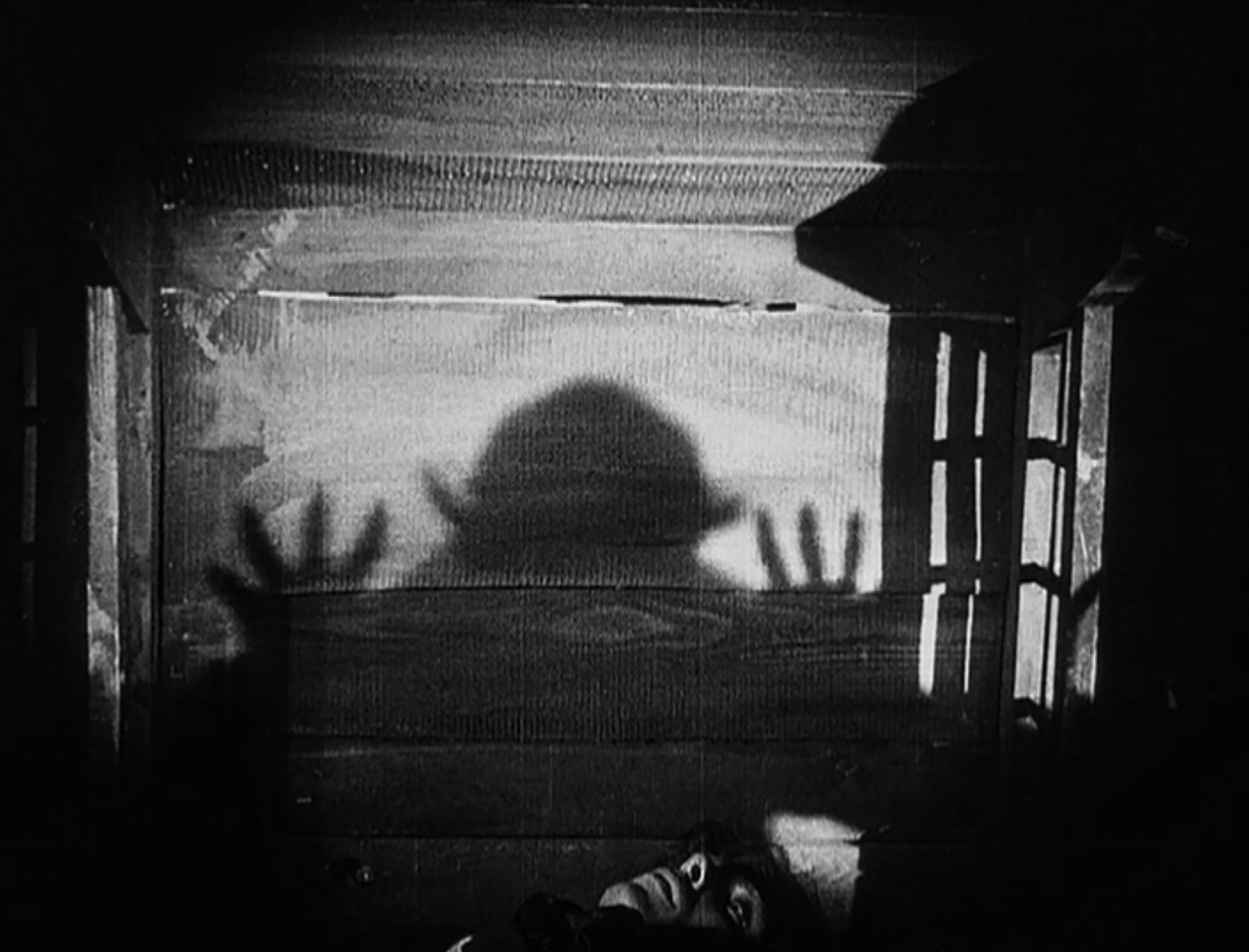To honour the centenary of F.W. Murnau’s silent horror classic Nosferatu, I ended up watching Twilight instead
To mark the 100th anniversary of the release of F.W. Murnau’s Nosferatu (1922), I was not particularly in the mood for watching Nosferatu itself for the umpteenth time, and so I figured I would set myself a different challenge. In spite of being a long-time champion of both its stars, who have collectively put in some of the best performances in cinema in the last 10 or 15 years, I have never once seen Twilight, the 2008 vampire-human romance that put Robert Pattinson and Kristen Stewart on the map, igniting teen loins from Shanghai to Buenos Aires in the process. As a number of commentators have observed, Twilight is interesting for the curious, accidental gender-fucking of its love story, which makes Stewart’s Bella Swan – moody, serious, withdrawn and practical – the straight man to Pattinson’s beautiful, anaemic, literally sparkling vamp Edward Cullen: an unattainable love object who is not so much recorded by the camera as caressed by it, desired and fetishised. The way he’s styled, in sheet-white greasepaint and red lipstick that is meant to draw attention to his pout, is seen as comic largely because it is thoroughly feminised, making him into an extremely pretty little monster. The familiar criticism that both Stewart and Pattinson are ‘bad actors’ in the movie springs, I think, from a misreading of its tone, which seems to me to be deliberately, humorously melodramatic. Stripped of the original book’s undercurrent of Mormon moralising, which suggests that young women will die if they have sex before they’re married, what remains is oddly kinky for a children’s book, helping to explain why Twilight fan-fiction eventually developed into Fifty Shades of Grey (2011). It is a fable that at once positions the male half of a heterosexual couple as the idealised eye-candy, and reveals him to be dangerous in a way that his girl-paramour finds sexually exciting.

Thinking about the transition from the vampire in Murnau’s Nosferatu – a stiff white ghoul with pointed bat-like ears and long and claw-like fingers – to Robert Pattinson’s glittering baby pin-up, I found myself remembering the old meme about pugs being the descendants of wolves. Vampires, always rich metaphoric fodder as a result of their parasitic tendencies, have represented many things over the last 100 years of film history. In Nosferatu, the vampire is a harbinger of plague, with the etymology of the word ‘nosferatu’ sometimes being said to spring from the Romanian ‘nesuferit,’ for ‘troublesome,’ but also sometimes linked to ‘nosophoros,’ a Greek word for ‘disease-bearing.’ (Little wonder that the film is getting re-released in UK cinemas this month, since plague metaphors are more relevant than ever.) In Twilight, the vampire is either representative of sexual damnation or sexual temptation, depending on who you ask, and how committed they are to the Mormon faith; in George A. Romero’s 1977 film Martin, a teenager who is either a vampire or a serial killer is held captive by his orthodox religious family, their attitude to his desires mirroring that of many strict religious families towards the so-called aberrant desires of their offspring. Generally, a vampire is judged to be more fuckable than, say, a werewolf, which is why they tend to crop up in erotic movies like the sexier Hammer Horrors, or the films of Jesús Franco: gorgeous gay girls turning other gorgeous girls gay with a bite. More often than not, the flexibility of the vampire as a metaphor means that he or she is deployed to represent one or more of the anxieties of the age. In 1983’s The Hunger, two of the most preternaturally beautiful screen presences of that era, Catherine Deneuve and David Bowie, played vampires and reflected a then-contemporary fear of unsafe sex, swapping fluids and condemning themselves and each other to eventual decrepitude and living death. In Iván Zulueta’s 1980 Arrebato, a work of genius produced in a haze of druggy cinephilia, vampirism becomes enmeshed with the camera and with heroin all at once, both things drinking up their victims and, in doing so, stealing something of their essence.

Who is the vampire now, and what does he or she best represent? If Robert Eggers’ proposed Nosferatu remake squares the circle and, as was once rumoured, features Robert Pattinson in the lead role, the vampire in this instance will stand in for a meta-textual rebirth, a career that is the opposite of lifeless or undead. For Jim Jarmusch in his 2013 film Only Lovers Left Alive, the vampire is an addict but is also – even more taboo – a hipster: one whose wistful and nostalgic love of all things retro is informed by actually having experienced them in their original setting. Regrettably, the vampire is sometimes Jared Leto, with the metaphor at hand presumably being one about the inexplicable and tick-like way some actors manage to hang on to, and then drink from, Hollywood’s figurative neck. Somewhat improbably, maybe the best contemporary use of the vampire as an allegory is in a thirty-minute mockumentary comedy that airs on Fox, the delightful, deeply silly What We Do in the Shadows (2019-). The show follows a quartet of vampire housemates, who all live in circa-now Staten Island but are continually baffled by the trappings of contemporary life. One of them, a Genghis Kahn type known as Nandor the Relentless, has a sweet, bespectacled familiar named Guillermo, who lives in a cupboard underneath the stairs and carries out his master’s bidding with an eagerness that borders on obsequious. His commitment to the job is a result of Nandor having promised to eventually vampirise him. The joke, somehow a far sicker one than any of those the show makes about murdering virgins or zoophilia, is that it has been ten years since Nandor first floated the possibility of a ‘promotion’ for his human servant, and that Guillermo has been disposing of bodies and removing bloodstains and luring in victims all this time, unappreciated and alienated from society, getting too big for his cupboard residence and too old to be interning for the undead. That living for eternity sounds, if you really think about it, like a horrible thing to do does not seem to dissuade Guillermo, who imagines that being a vampire will finally make him valuable or special.

In this sense, What We Do in the Shadows is a perfect modern vampire story, literalising the vampiric elements of the workplace: the bloodsucking qualities of those in power, to say nothing of the eagerness with which those of us who are not in power line up begging to be bled. The show’s most ingenious character, an unassuming ‘energy vampire’ called Colin Robinson, is the only one of the four vampires to walk in daylight and take part in modern life; because he feeds on boredom and despair, he has settled in a strip-lit admin office, where he feeds on other miserable workers. However you look at it, work sucks if you’re the person being preyed on. One of the most common criticisms of the Twilight books and films is that it does not seem particularly realistic to suggest that a super-evolved ancient being would decide to get up every day and go to school. (“Why are they still going to high school?” Pattinson himself asked, utterly exasperated, in an interview. “They’re a hundred years old!”) Admittedly, it is difficult to picture Nosferatu’s Count Orlok skulking in the cafeteria at Forks High – still, the eerie perma-teenage Cullens might in fact have landed on a good idea. After all, graduating high school usually means you have to get a job.
